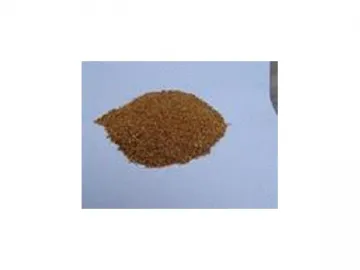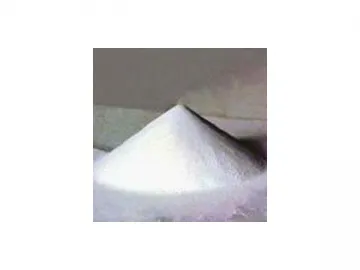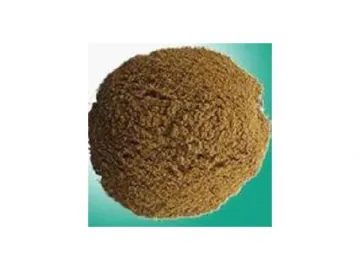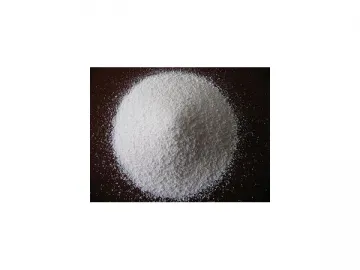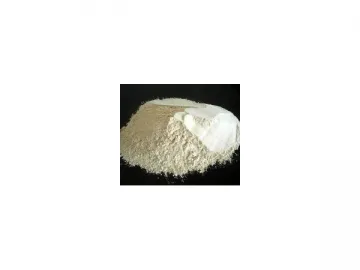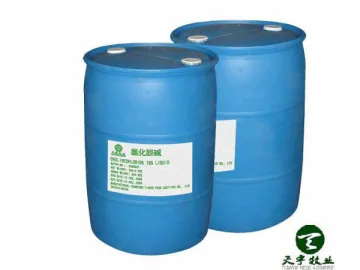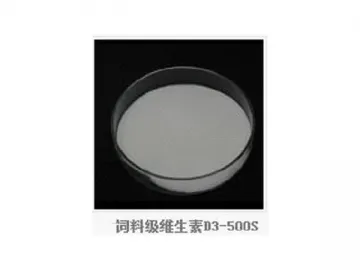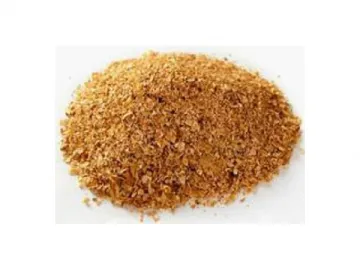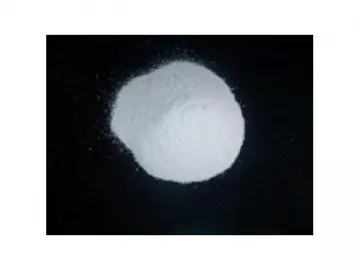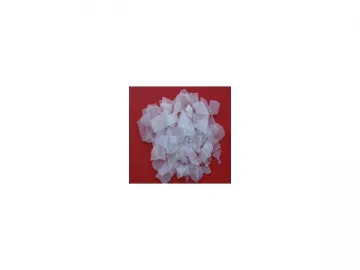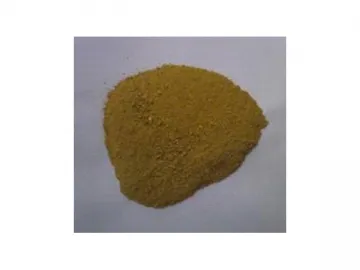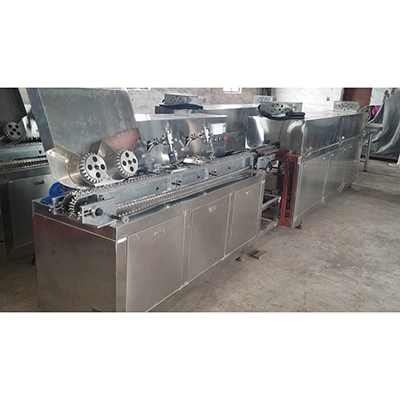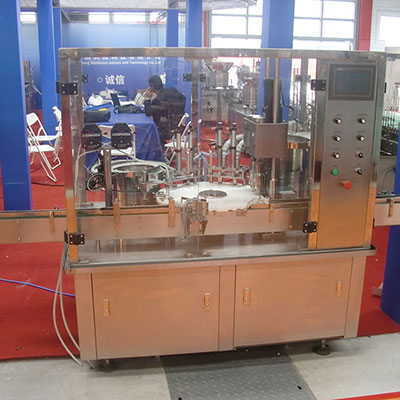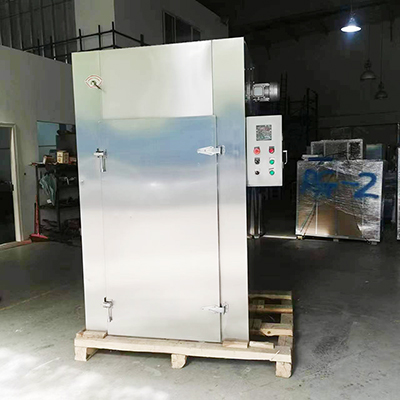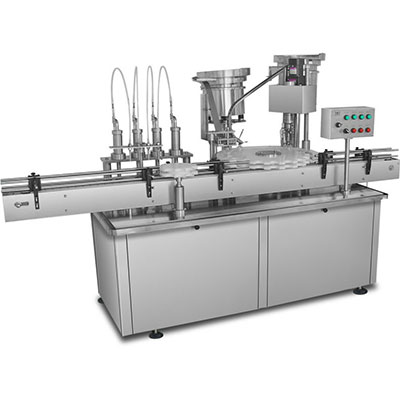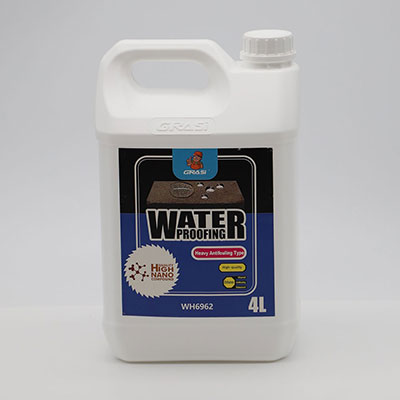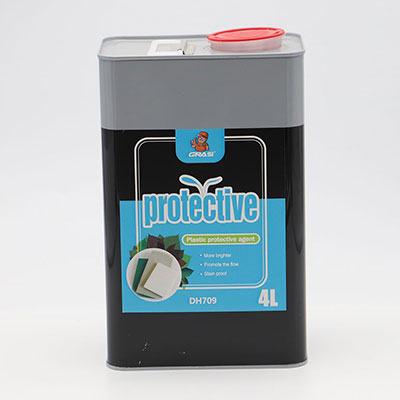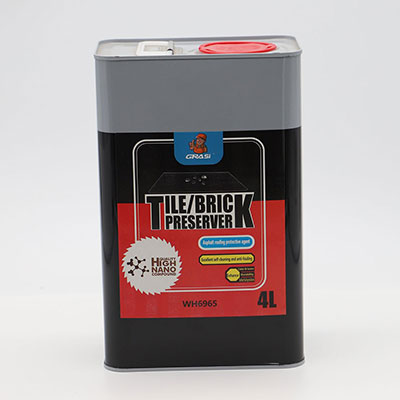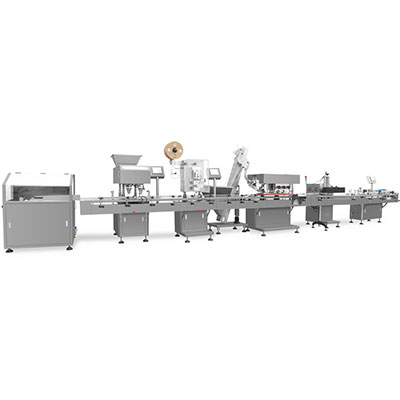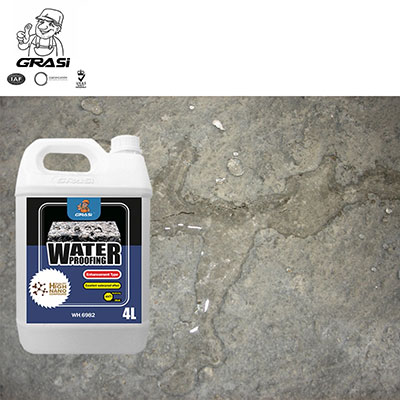Vitamin C, Ascorbic Acid
VitaminC, Ascorbic Acid
Systematic name: 2-Oxo-L-threo-hexono-1,4-lactone-2,3-enediol or(R)-3,4-dihydroxy-5-((S)- 1,2-dihydroxyethyl)furan-2(5H)-one
Bioavailability: rapid & complete
Protein binding: negligible
Half-life: varies according to plasma concentration
Excretion: renal
CAS number: 50-81-7
Other names: L-Ascorbic Acid, Free Acid; Vitamin C;L-( )-Ascorbic acid; VC; ascorbic acid; Vita C BP2005; Vitamine C; ; L-threo-hex-1-enofuranos-3-ulose;(5R)-5-[(1S)-1,2-dihydroxyethyl]-3,4-dihydroxyfuran-2(5H)-one (non-preferredname); 5-(1,2-dihydroxyethyl)-3,4-dihydroxyfuran-2(5H)-one (non-preferredname); L( )-Ascorbic acid
Formula: C6H8O6
Mol. mass: 176.12 g/mole
Density: 1.694 g/cm³
Melting point: 190 °C (374 °F)
Boiling point: 553 °C (1027 °F)
Vitamin C, also called L-ascorbic acid or L-ascorbate or ascorbic acid, is an essential nutrientfor humans and certain other animal species. It is oneof the most important of all vitamins. It plays a significant role as anantioxidant, thereby protecting body tissue from the damage of oxidation.Antioxidants act to protect your cells against the effects of free radicals,which are potentially damaging by-products of the body’s metabolism. Freeradicals can cause cell damage that may contribute to the development ofcardiovascular disease and cancer. Vitamin C has also been found to be aneffective antiviral agent. It is also a cofactor in at least eight enzymatic reactions including severalcollagen synthesis reactions that, when dysfunctional, cause the most severesymptoms of scurvy. In animals these reactions are especially important inwound-healing and in preventing bleeding from capillaries.
Vitamin C is a common enzymatic co-factor in mammals used in the synthesis ofcollagen. Ascorbate is apowerful reducing agent capable of rapidly scavenging a number of reactiveoxygen species. Freshwater teleost fishes also require dietary vitamin C in their diet or they will get scurvy.The most widely recognized symptoms of vitamin C deficiency in fishes arescoliosis, lordosis anddark skin coloration. Freshwater salmonids also show impaired collagen formation, internal/fin hemorrhage, spinalcurvature and increased mortality. Vitamin C is found in high concentrations inimmune cells, and is consumed quickly during infections. Besides, it is anatural antihistamine. It both prevents histamine release and increases thedetoxification of histamine.
Vitamin C is essential to a healthy diet as well as being a highly effectiveantioxidant, acting to lessen oxidative stress; a substrate for ascorbate peroxidase in plants; and an enzyme cofactor for thebiosynthesis of many important biochemicals.Vitamin C acts as an electron donor for important enzymes: collagen, carnitine, and tyrosinesynthesis, and microsomal metabolism. scorbic acid performs numerous physiological functions in the human body. Thesefunctions include the synthesis of collagen, carnitine, and neurotransmitters; the synthesis andcatabolism of tyrosine; and the metabolism of microsome. And vitamin C is essential to thedevelopment and maintenance of scar tissue, blood vessels, and cartilage,essential for the transport of fatty acids into mitochondria for ATPgeneration. During biosynthesis ascorbate acts as a reducing agent, donating electrons and preventing oxidation to keepiron and copper atoms in their reduced states. Vitamin C's effect on the commoncold has been extensively researched. It has not been shown effective inprevention or treatment of the common cold.

Links:https://www.globefindpro.com/products/91522.html
